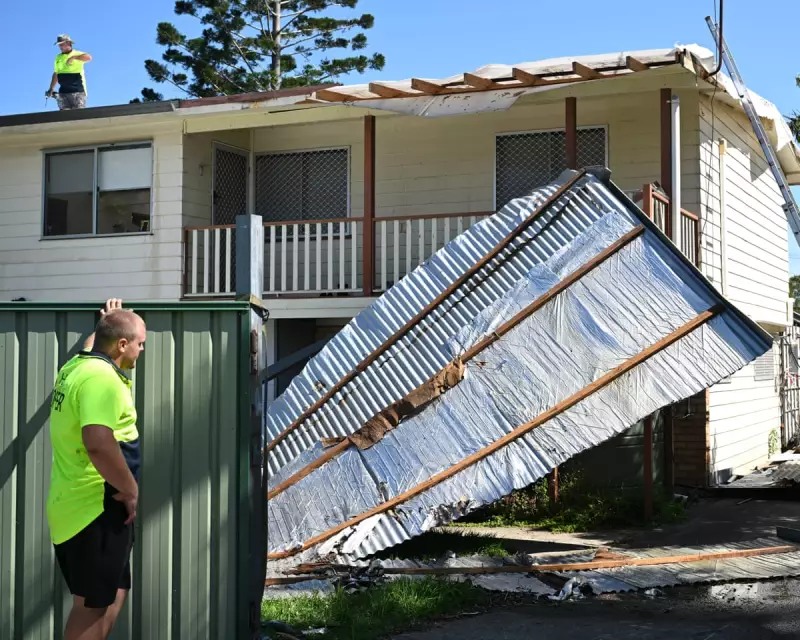
Eastern Australia is currently grappling with an extreme weather emergency as powerful storms unleash destruction across multiple states. The severe weather system has brought torrential rain, destructive winds, and unusually large hailstones, creating dangerous conditions for residents and emergency services.
Widespread Destruction Across Queensland
Queensland has borne the brunt of the severe weather onslaught, with multiple regions experiencing significant damage. Emergency services have been inundated with calls for assistance as the storm cell moved across the state, causing widespread power outages and property damage.
Meteorologists reported hailstones of exceptional size in several areas, with some measuring larger than cricket balls. The Bureau of Meteorology issued urgent warnings as the supercell thunderstorms developed, emphasising the life-threatening nature of the conditions. Residents were advised to secure loose items and seek shelter immediately as the storm front advanced.
Government Response and Emergency Measures
Prime Minister Anthony Albanese has been briefed on the developing situation and confirmed that federal resources are available to support state emergency services. The government is closely monitoring the impact on communities and infrastructure across affected regions.
Emergency services have established coordination centres to manage the response to hundreds of incidents reported since the storms began. Multiple schools and public facilities have been closed as a precautionary measure, with authorities urging people to avoid unnecessary travel.
The severe weather comes amid ongoing political debates about environmental legislation and climate policy. Opposition figures including Sussan Ley have been vocal about the government's approach to environmental management, though all sides have emphasised the immediate priority of community safety during the weather crisis.
Ongoing Impact and Recovery Efforts
Damage assessment teams are beginning to evaluate the full extent of destruction caused by the storms. Early reports indicate significant impacts on agriculture, with crops destroyed by hail in some regions, while urban areas have seen widespread damage to vehicles and buildings.
Insurance companies are preparing for a surge in claims as homeowners and businesses assess the damage. The scale of the hailstorm suggests this could become one of the most costly weather events in recent memory for the affected regions.
Meteorological experts continue to monitor the situation closely, with further severe weather possible in coming days. Residents are being urged to remain vigilant and follow official advice as recovery operations begin and the full impact of the storms becomes clear.





